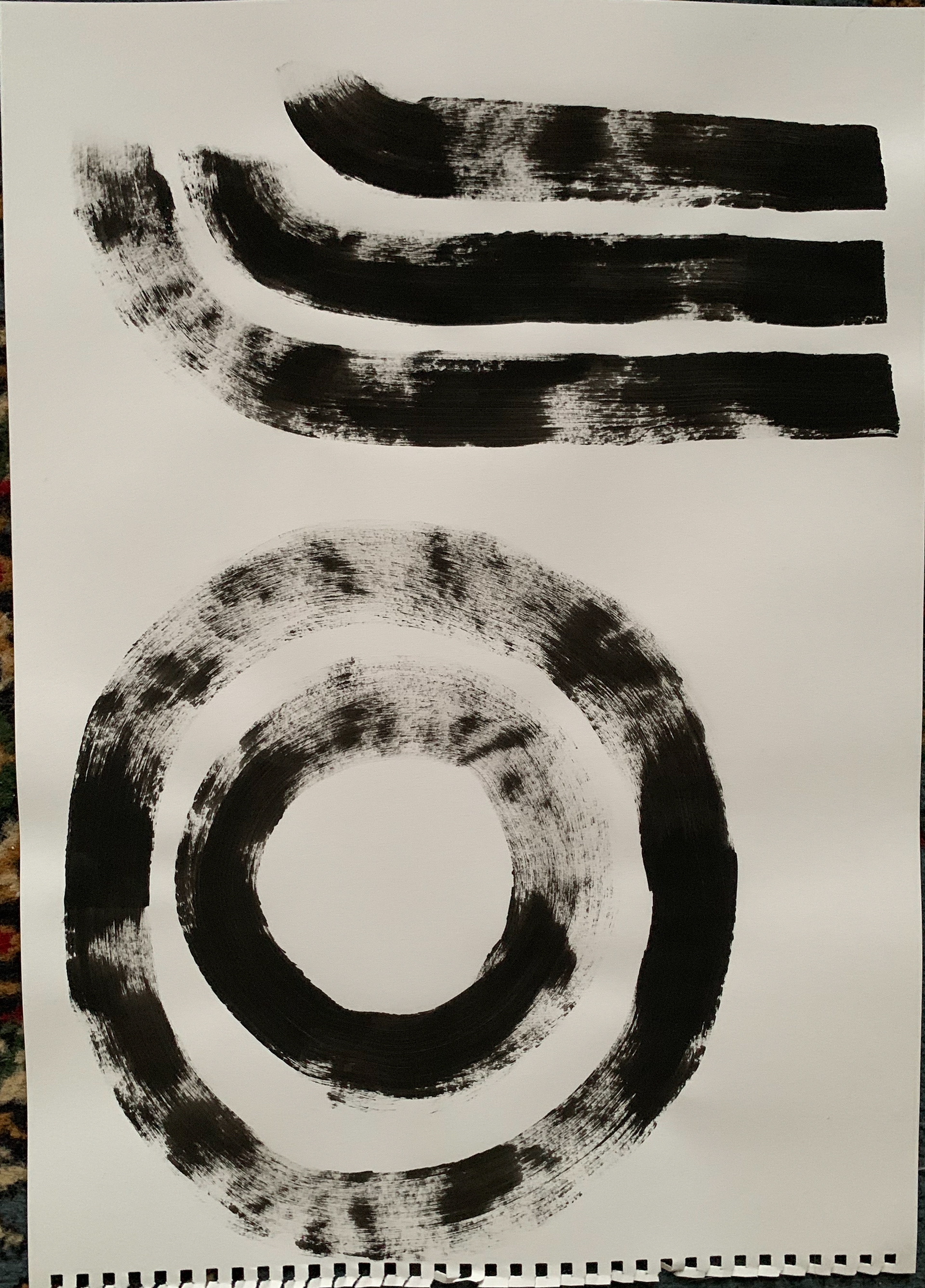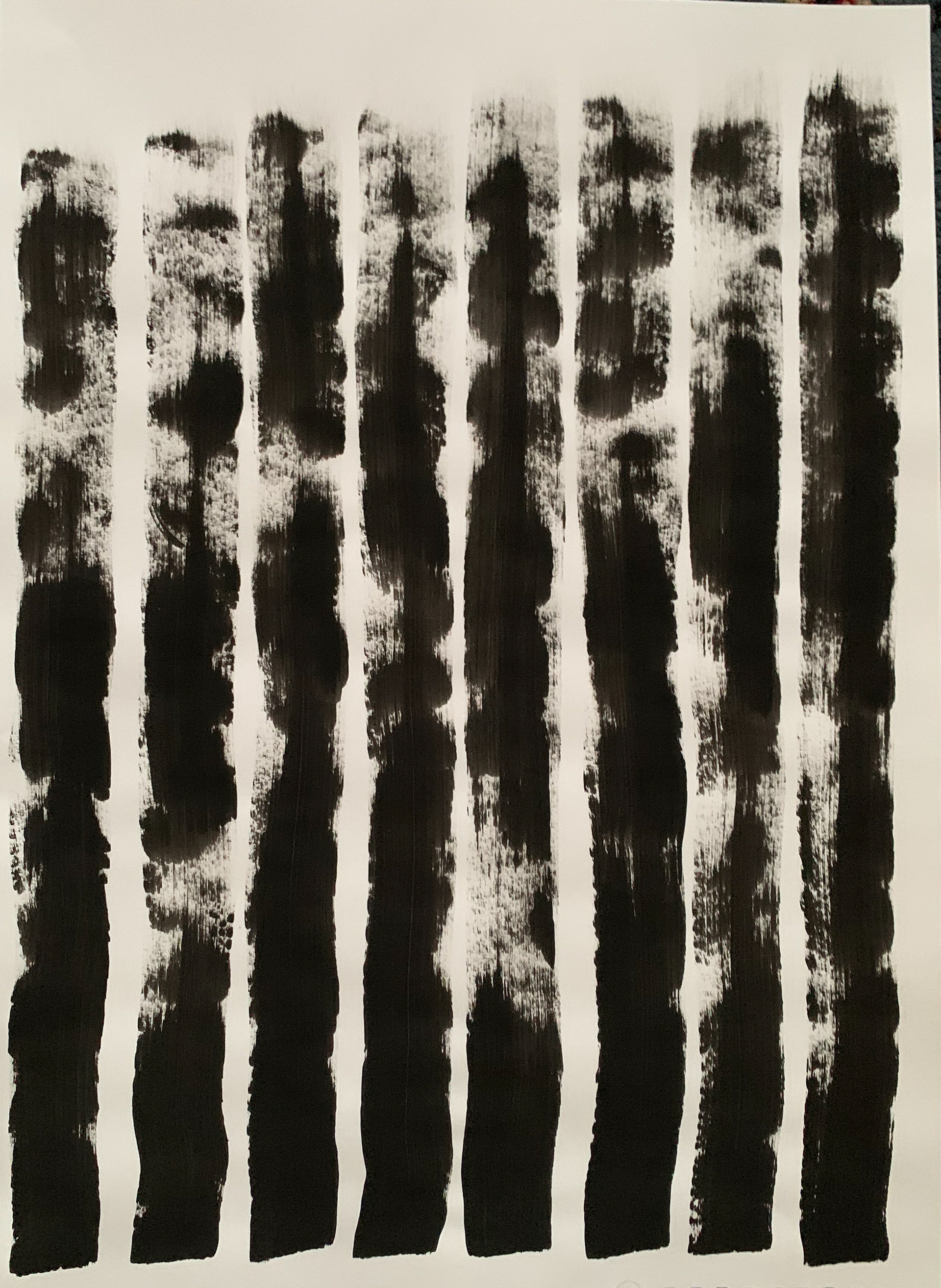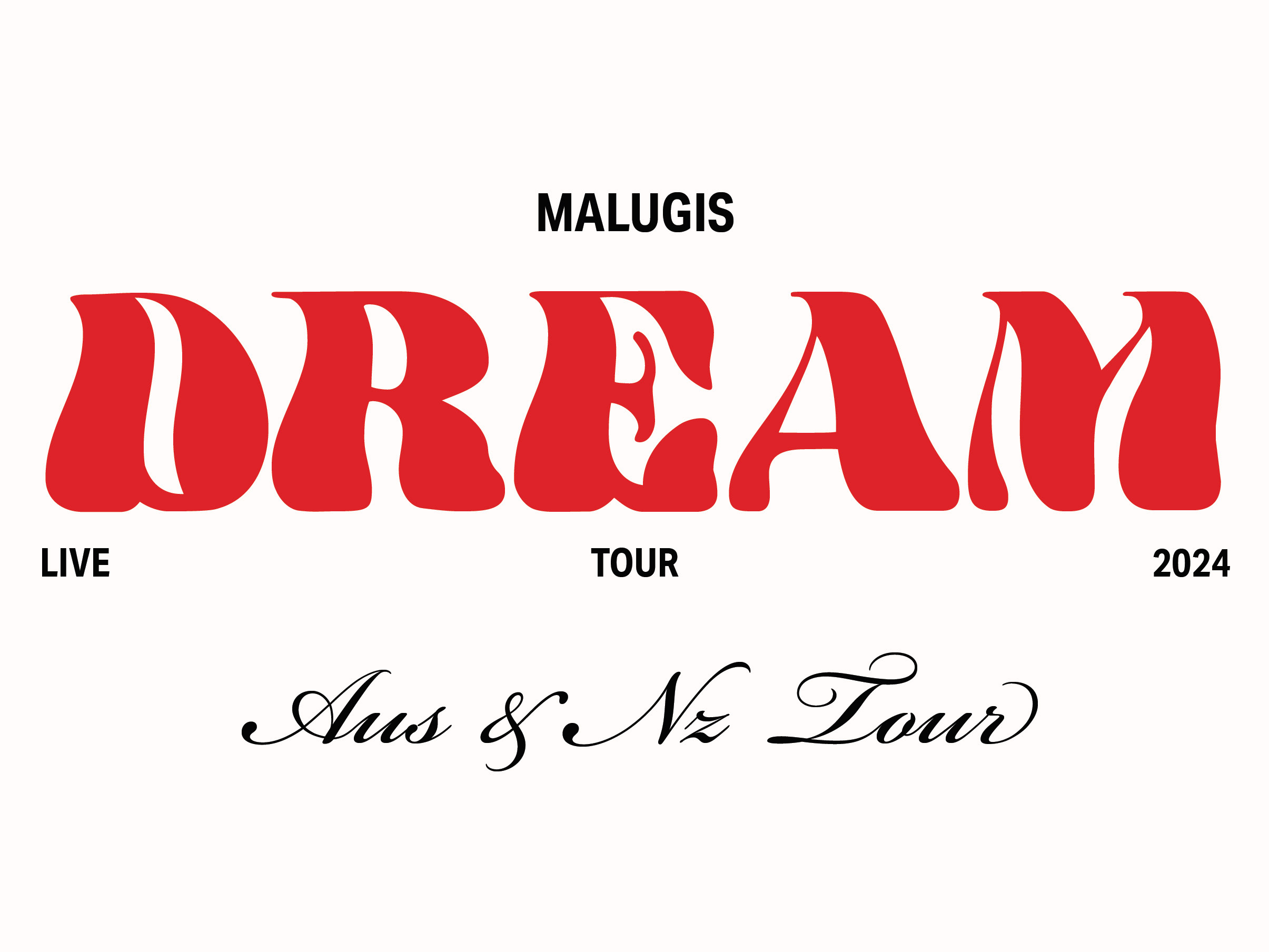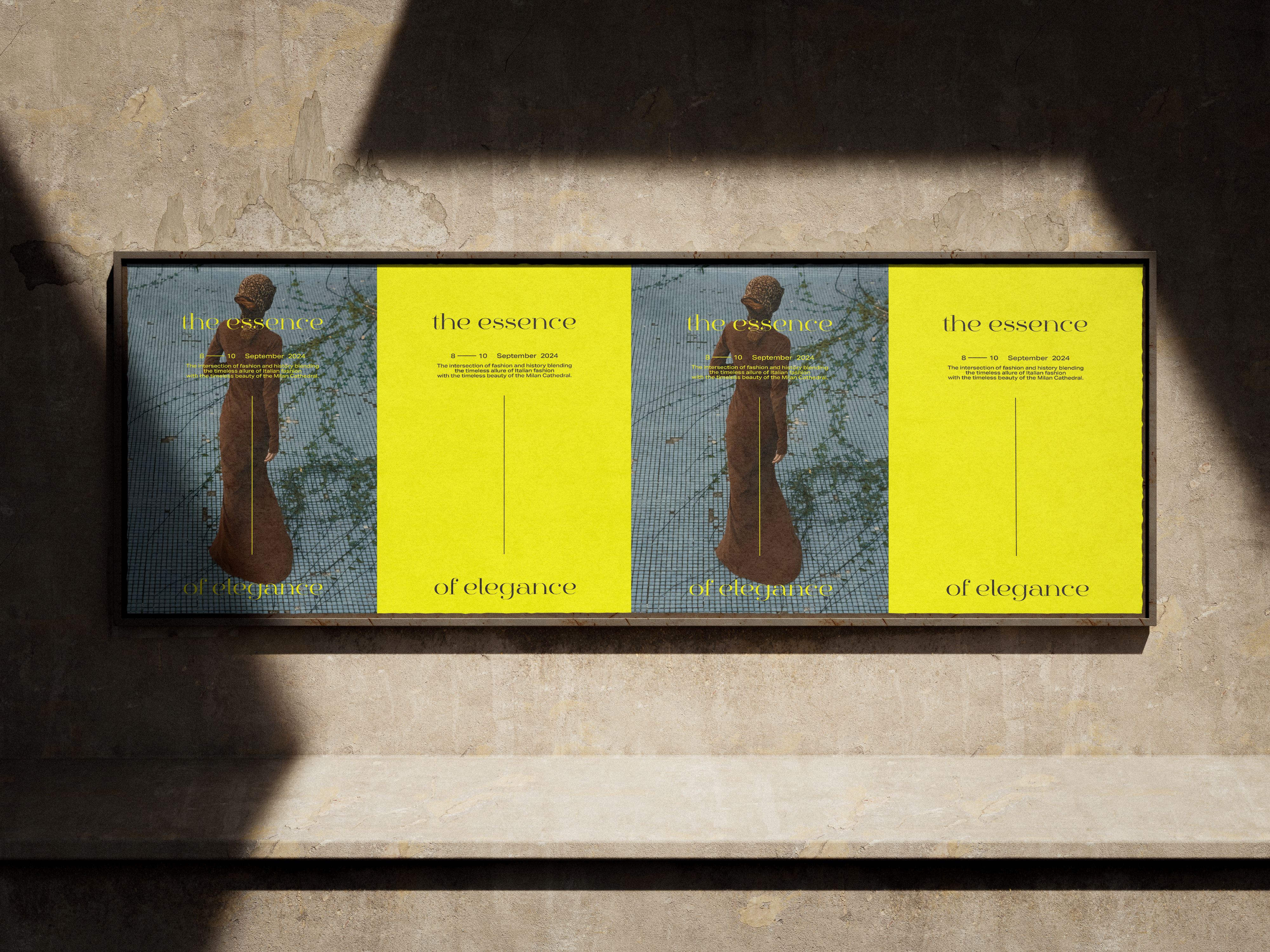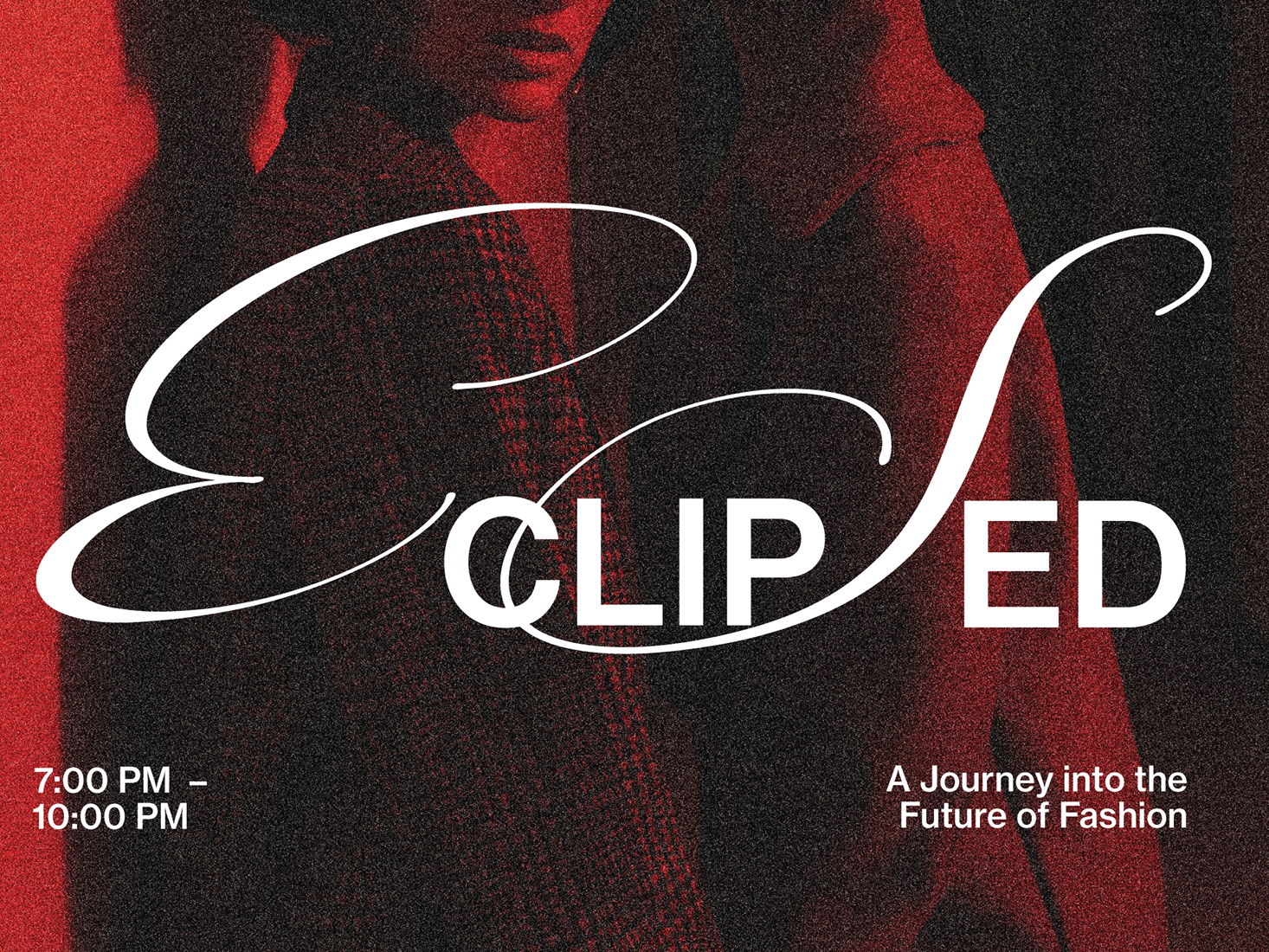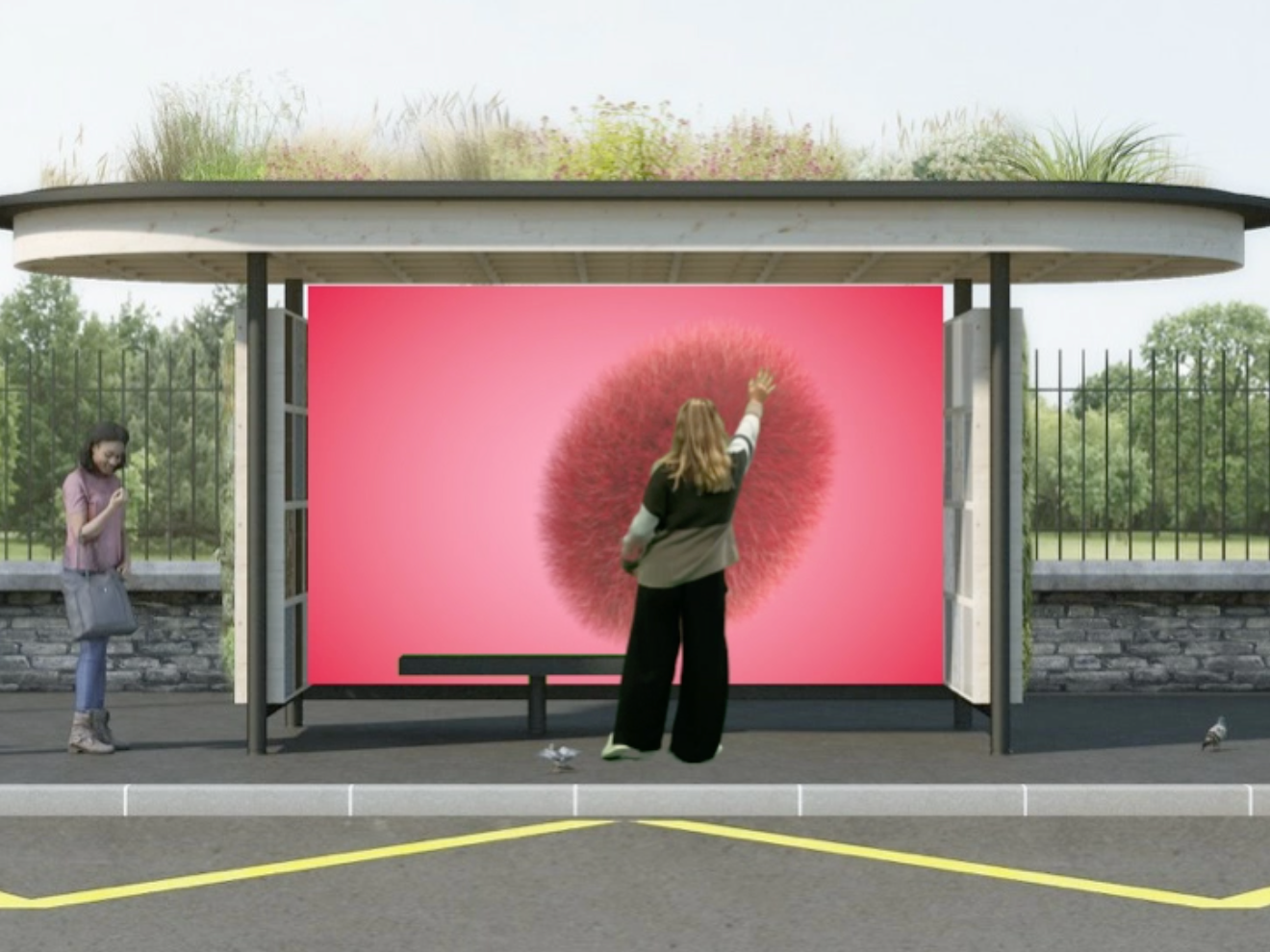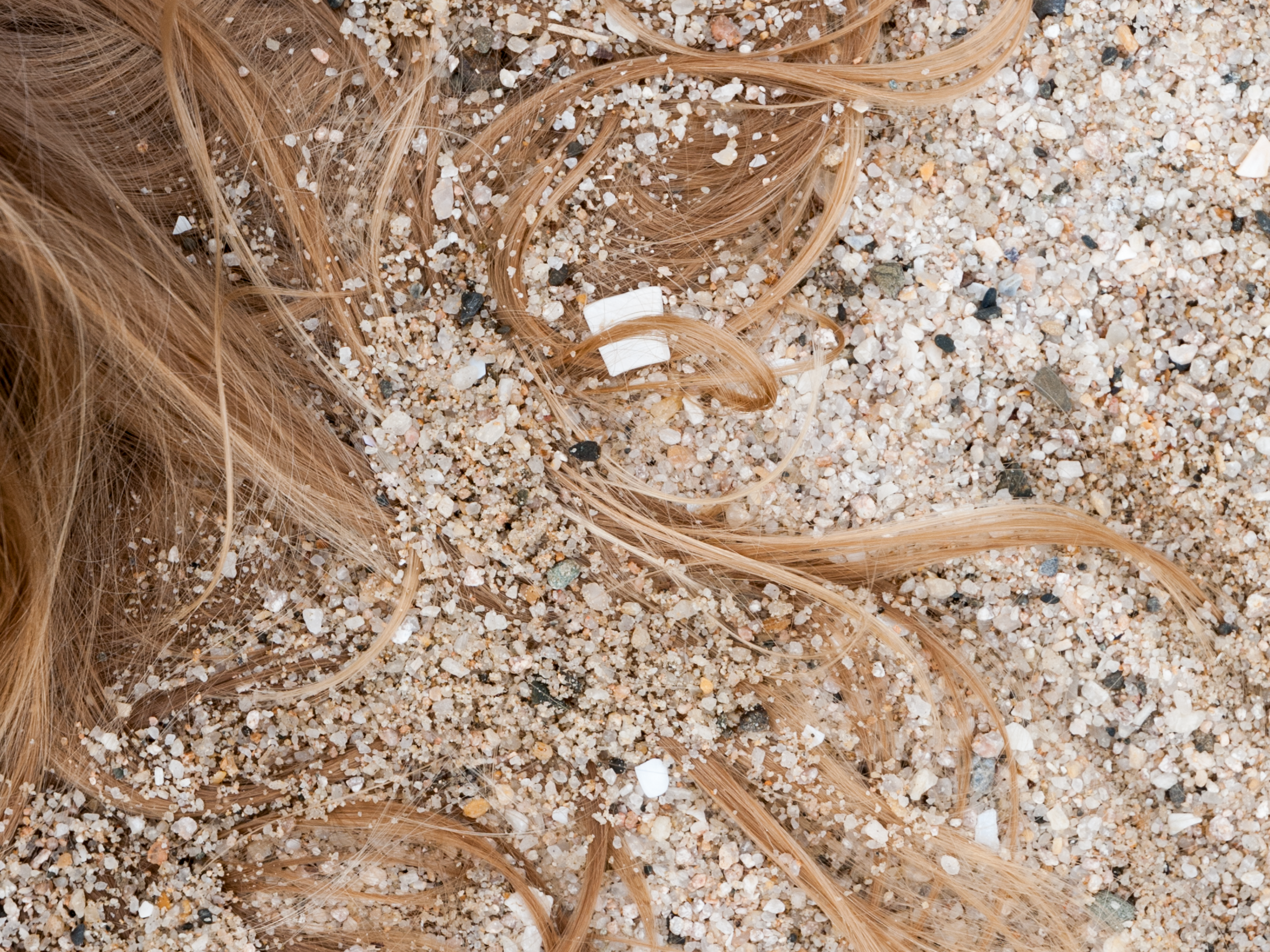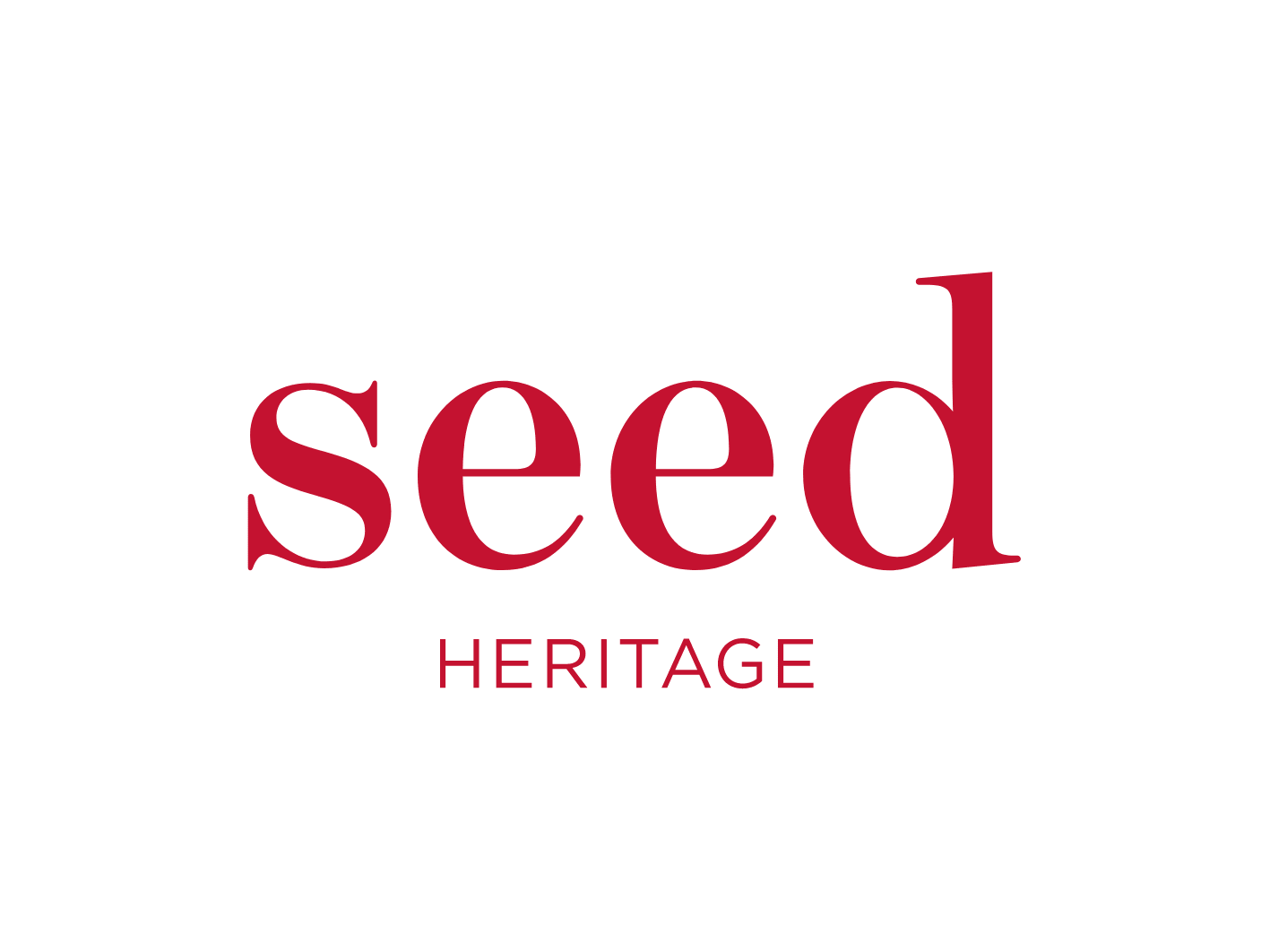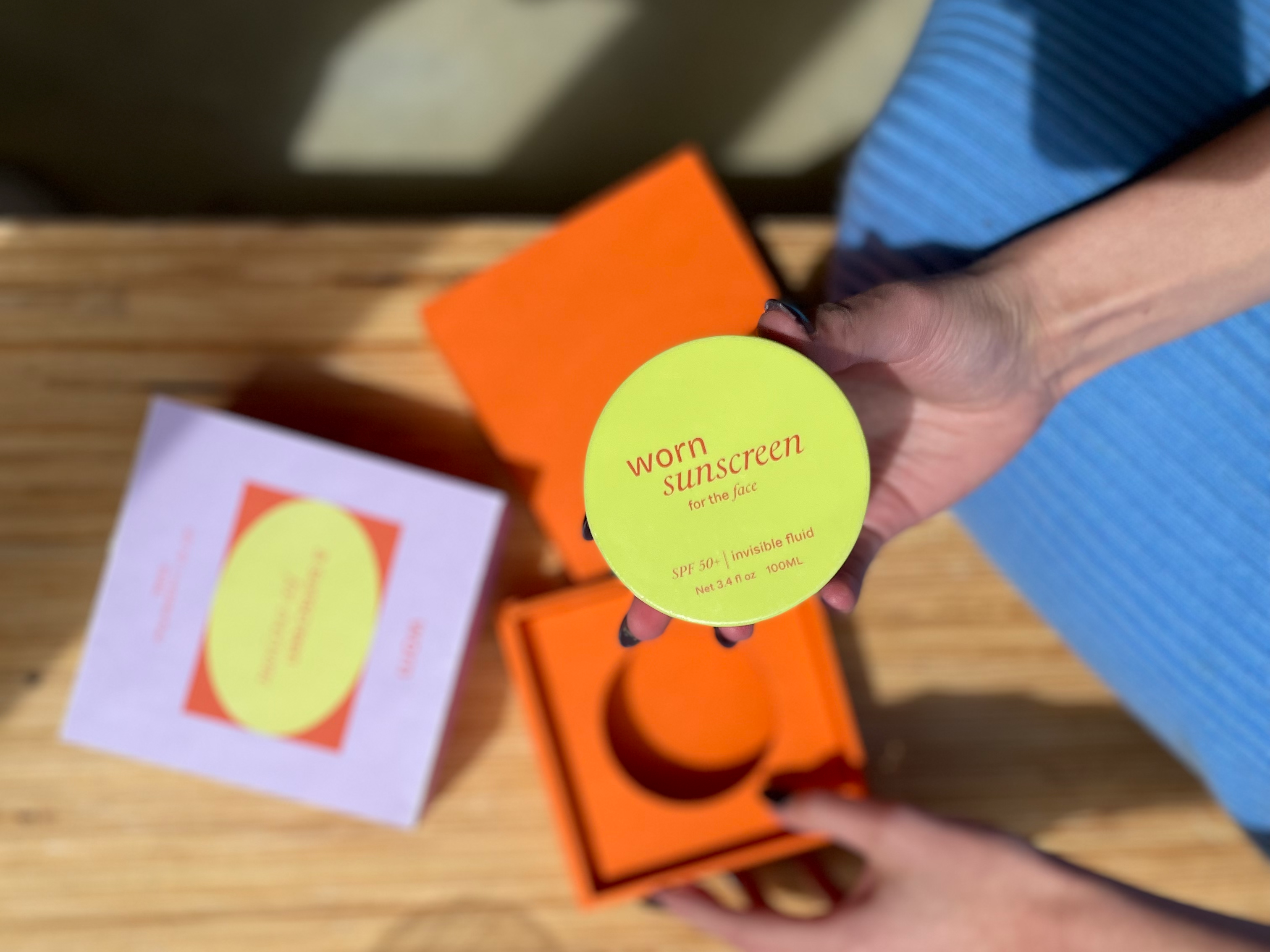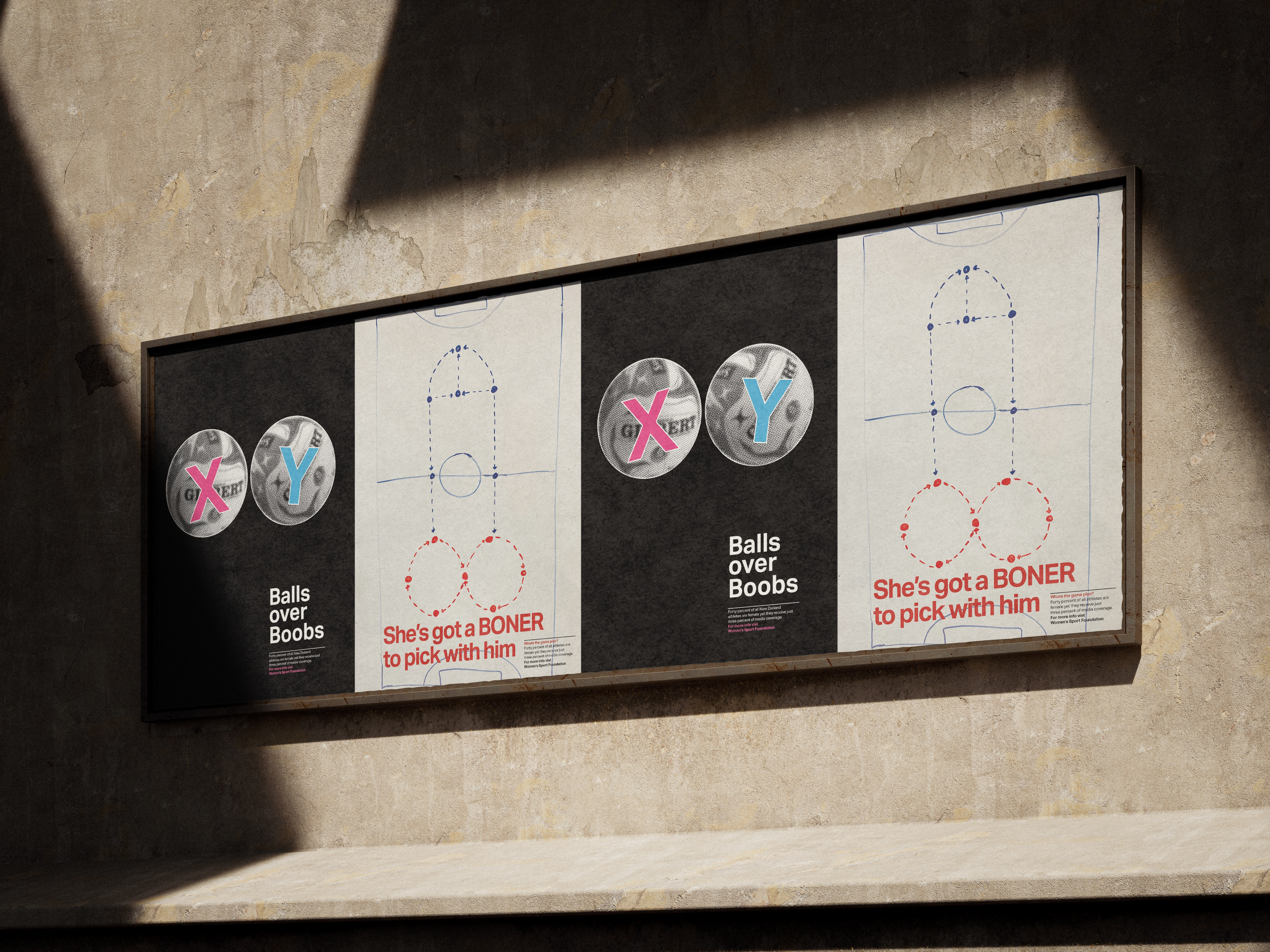"Wabi-sabi, I'm perfectly imperfect." – Lady Gaga
Embracing Imperfection is a conference born from the Japanese philosophy of wabi-sabi, a concept that finds beauty in the flawed, the unfinished, and the imperfect. As designers, we are often trained to chase perfection, to refine every detail until it fits a certain ideal. But what if we stopped striving for flawlessness and, instead, celebrated the imperfections that make something truly unique? That’s the essence of this conference: to honor the beauty of the imperfect and the raw.
The posters are a visual manifesto for this idea. They stand as bold, handmade declarations of what the conference represents, using bright, unapologetic CMYK colors to draw attention to the beauty in imperfection. The letters, though rooted in traditional forms, break free from their constraints—painted by hand to deliberately show their flaws. These aren’t just errors; they’re the soul of the design. The CMYK palette highlights every irregular stroke and curve, turning what would traditionally be considered a mistake into a statement of beauty.
The Zen Gardens echo this philosophy, offering a space that invites reflection and contemplation. With its handmade style and vibrant use of color, the garden becomes a living artwork, designed not just as a visual experience but as a tangible celebration of imperfection. Attendees can wander through it, immersing themselves in the imperfect beauty of each moment.
The brochure ties everything together, offering a physical takeaway that serves both as a reference and a reminder. Inside, you’ll find profiles of the speakers, each of whom embodies the spirit of embracing imperfection in their work. Speakers like Zhu Ohmu, Kate Hursthouse, Lisa Rienermann, and Paula Scher all challenge conventional norms, practicing a design philosophy that celebrates flaws as a source of innovation and authenticity. To tie it all together, elements of the raw, unfinished aesthetic from the posters and Zen Gardens weave throughout the brochure, creating a cohesive visual narrative that underscores the theme of the conference.
This isn’t just a conference about learning new concepts—it’s an invitation to experience a new way of thinking, one where imperfection isn’t something to hide but something to embrace and celebrate.
These are the raw elements of the final work—unrefined, spontaneous, and full of possibility. By experimenting with scrap paper, painting letters, and forming shapes, I embraced a more organic, natural approach. Each mark and texture is a reflection of the process, unpolished yet full of intention.
This project became a journey of self-discovery. It taught me that sometimes, letting go of perfection and simply playing with raw materials leads to the most rewarding results. It reminded me that not everything needs to be flawless, and that the beauty often lies in the mess. Above all, it taught me to enjoy the process, to have fun with the unexpected, and to embrace the imperfections that make the work truly come alive.
